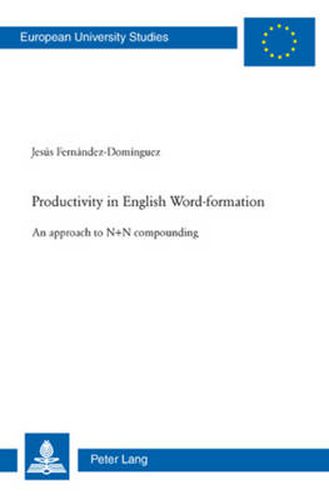Readings Newsletter
Become a Readings Member to make your shopping experience even easier.
Sign in or sign up for free!
You’re not far away from qualifying for FREE standard shipping within Australia
You’ve qualified for FREE standard shipping within Australia
The cart is loading…






This book is a contribution to the study of morphological productivity, that is, the property of word-formation processes whereby new words are created to satisfy a naming need. It presents an up-to-date picture of this phenomenon, characterising its major attributes and addressing neighbouring theoretical concepts like availability, profitability or lexicalisation. Links are also established between those notions and N+N compounding, a word-formation process regarded as very productive but traditionally overlooked in studies of this type. Unlike other productivity surveys, mostly directed at affixation, a corpus of N+N compounds is here compiled to which the mainstream models of productivity are applied. This allows to detect the pros and cons of those proposals and to propose a model of productivity. Two measures, Indicator of Profitability ( ) and Trend of Profitability ( ), are introduced which can be applied across word-formation processes and are able to compute their productivity based on semantic categories.
$9.00 standard shipping within Australia
FREE standard shipping within Australia for orders over $100.00
Express & International shipping calculated at checkout
This book is a contribution to the study of morphological productivity, that is, the property of word-formation processes whereby new words are created to satisfy a naming need. It presents an up-to-date picture of this phenomenon, characterising its major attributes and addressing neighbouring theoretical concepts like availability, profitability or lexicalisation. Links are also established between those notions and N+N compounding, a word-formation process regarded as very productive but traditionally overlooked in studies of this type. Unlike other productivity surveys, mostly directed at affixation, a corpus of N+N compounds is here compiled to which the mainstream models of productivity are applied. This allows to detect the pros and cons of those proposals and to propose a model of productivity. Two measures, Indicator of Profitability ( ) and Trend of Profitability ( ), are introduced which can be applied across word-formation processes and are able to compute their productivity based on semantic categories.